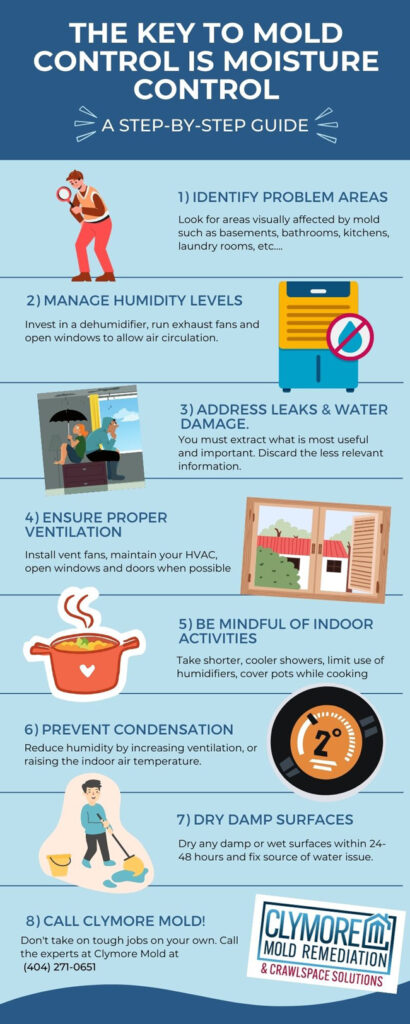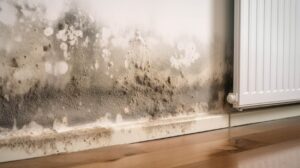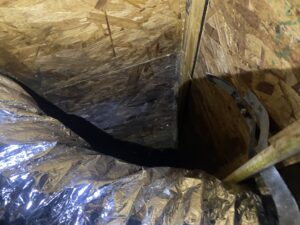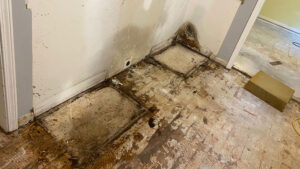
Importance of Hiring a Professional Mold Removal Service
Atlanta is facing a growing mold epidemic that demands urgent attention. Mold infestations in homes and properties pose significant risks to both health and finances. In this comprehensive article, we will explore the reasons why you need to take immediate action to address Atlanta’s mold problem.







